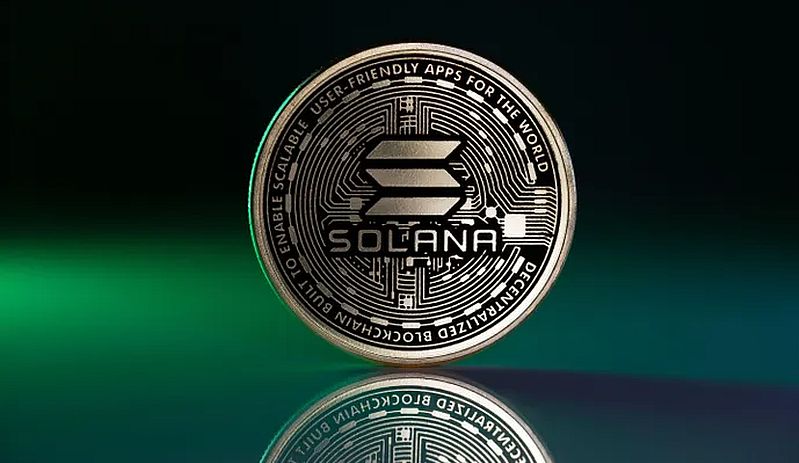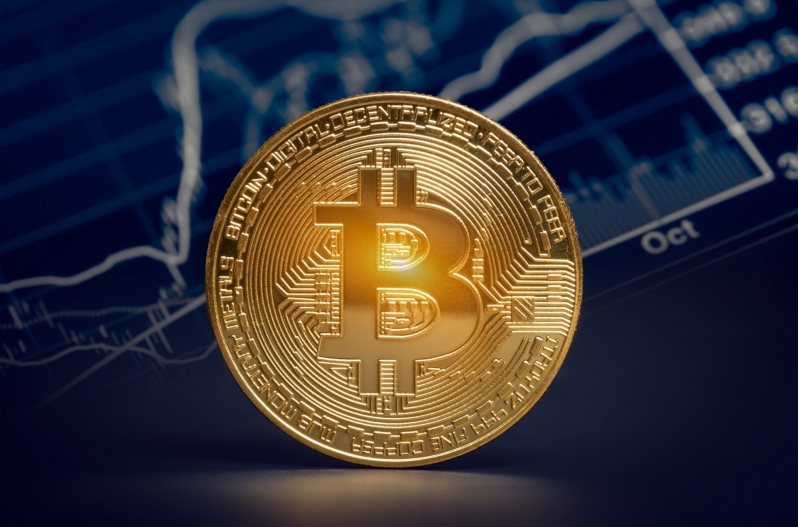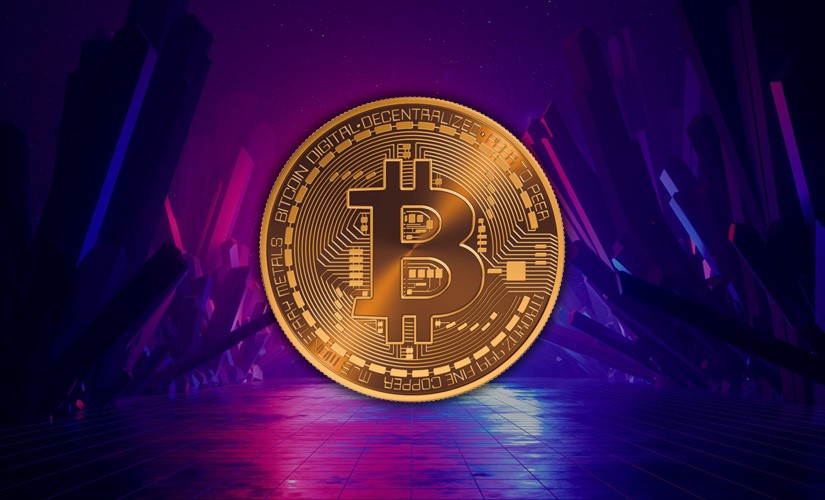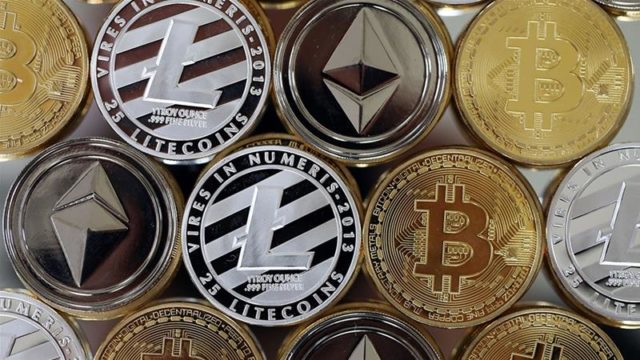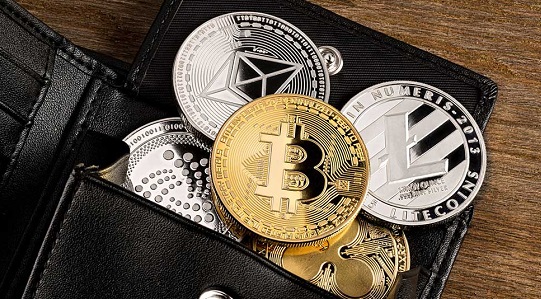What is Bitcoin halving and why is it needed.

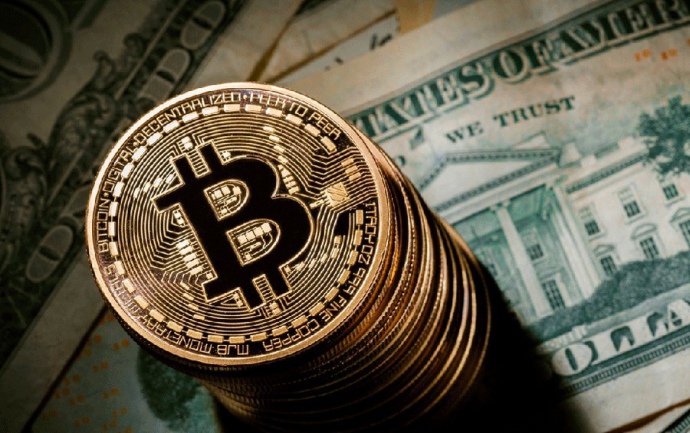
It is hard to find a cryptocurrency that is more popular than Bitcoin. It became the prototype of crypto. One can continue to work and earn on it. When considering Bitcoin as a cryptocurrency for investments, it is worth understanding what cryptocurrency halving is and how it works.
Such terminology may seem complicated at first glance, although in reality, even a novice can understand what halving is. However, understanding this process allows one to look at Bitcoin from a different angle. In addition to knowing what it is, it is also important to understand why it is necessary.
What is Bitcoin halving in simple terms?
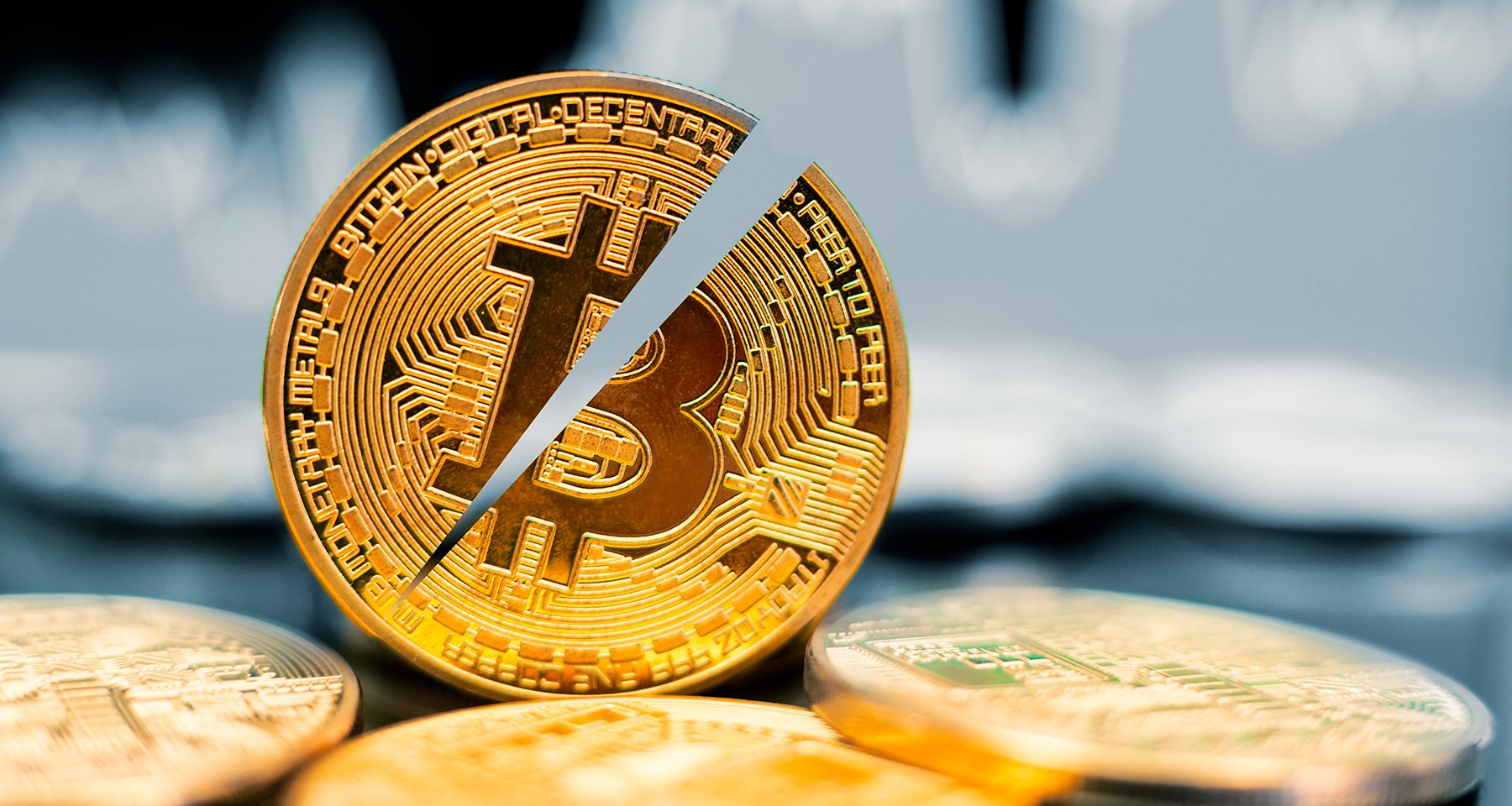
Let’s start with what halving in cryptocurrency means: it is a process by which the reward for a block of transactions in the Bitcoin network is cut in half. This process occurs every four years or every 210,000 blocks. At first glance, all of this sounds quite complicated. Therefore, it is better to break it down into components. So, what is halving and why is it necessary: halving is a key element of Bitcoin’s monetary policy and has several important aspects. Bitcoin halving is an event in which the reward for creating a new block in the Bitcoin network is halved. Simply put, it’s like being paid half as much for doing the same job as before. And this process is not simple, but it must be correctly interpreted by the investor. After all, it is inevitable and, from an economic standpoint, it is a natural law.

Here’s how it works:
-
Creating blocks. Every Time miners (people who support the Bitcoin network) find a new block with transactions, they receive a reward in Bitcoins. This is how the whole system essentially works.
-
After the creation of blocks, halving can occur. Periodically, approximately every 4 years or after creating 210,000 blocks (this is an important condition), the reward for a block is halved. For example, if previously the reward was 12.5 Bitcoins, after halving it will only be 6.25 Bitcoins. This process may seem negative, but it helps maintain the entire system.
-
A few words should be said about why this is necessary at all. This is done so that the number of new Bitcoins that appear in the system slows down over time. Ultimately, a total of 21 million Bitcoins will be issued, and halving helps maintain this limit. In other words, in order for Bitcoin to remain as stable as everyone expects, halving must occur periodically.
If we simplify everything as much as possible, halving can lead to an increase in the price of Bitcoin, as fewer new Bitcoins enter the market, making them more valuable. However, this can also affect the income of miners, who may earn less if the price of Bitcoin does not rise. Thus, the process has its positive and negative aspects, consequences.

In general, halving helps control Bitcoin inflation and supports its scarcity. Thus, in the long run, this process is incredibly beneficial. In the moment when the price falls, investors certainly do not see the situation as particularly positive.
How does halving work?
To understand how natural and necessary a process halving is, it is worth recalling how Bitcoin began its climb. When Bitcoin was created in 2009, the reward for finding a block was set at 50 Bitcoins. With each halving, this reward is halved. Thus, in 2012, the reward was reduced to 25 Bitcoins, in 2016 – to 12.5 Bitcoins, and in 2020 – to 6.25 Bitcoins. In other words, it’s the simplest math. If there is no halving, Bitcoin may grow, but it will also depreciate. This process is also inevitable. This year, a planned reduction in value is expected to occur, and this is also an anticipated process that experienced investors are already prepared for.
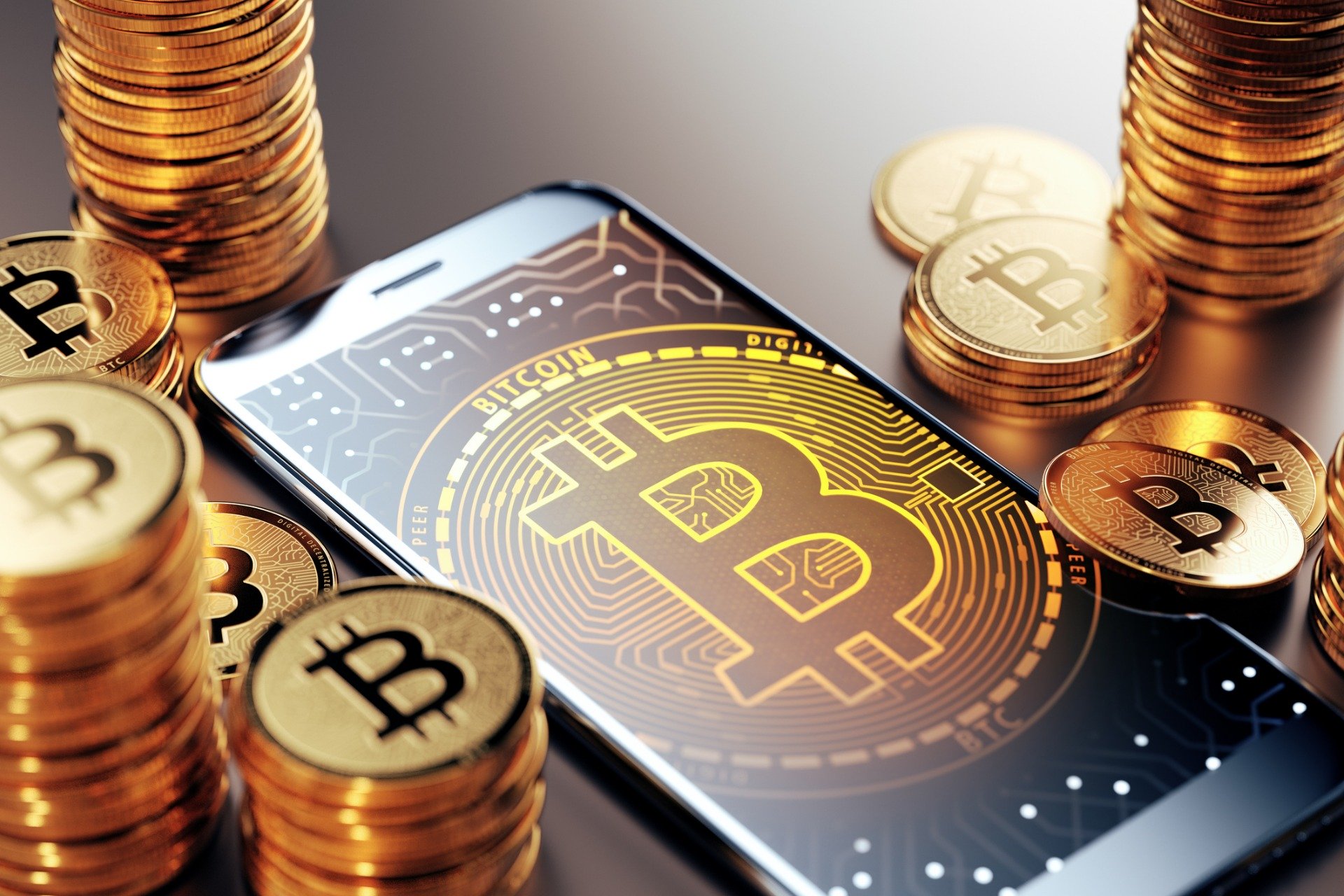
Halving has its own goals:
-
Inflation control. Halving helps control the rate of new Bitcoins entering circulation, preventing hyperinflation and maintaining their scarcity.
-
Predetermined maximum issuance. A total of 21 million Bitcoins will be issued. Halving ensures that this limit is reached gradually.
Everything a newcomer needs to know is that halving can have a significant impact on the price of Bitcoin. Historically, there has been a price increase following each halving, although this does not guarantee future market behavior. Also, the decrease in reward reduces the supply of new Bitcoins on the market, which can contribute to rising prices with constant or growing demand.
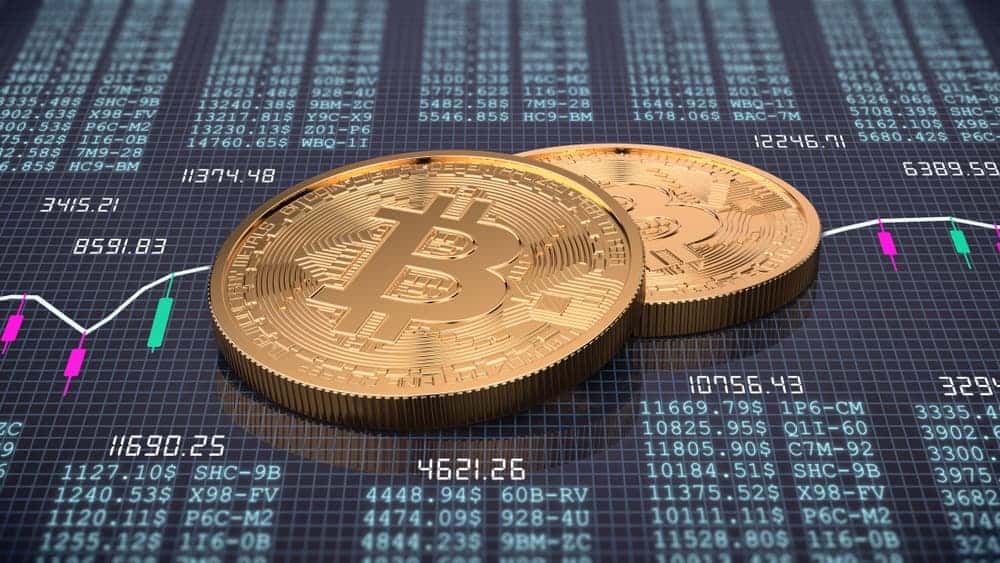
A newcomer should understand right away that halving is built into Bitcoin’s algorithm to create long-term predictability in its economic model. It also stimulates demand for Bitcoin and maintains interest in its mining and trading.
Read also
- What to see in Bukovel: winter, summer and autumn
- What to see in Iceland: in winter, in summer, on a tour
- What is p2p and pay2pay transfer
- Best Adult Films: TOP 5 Films

